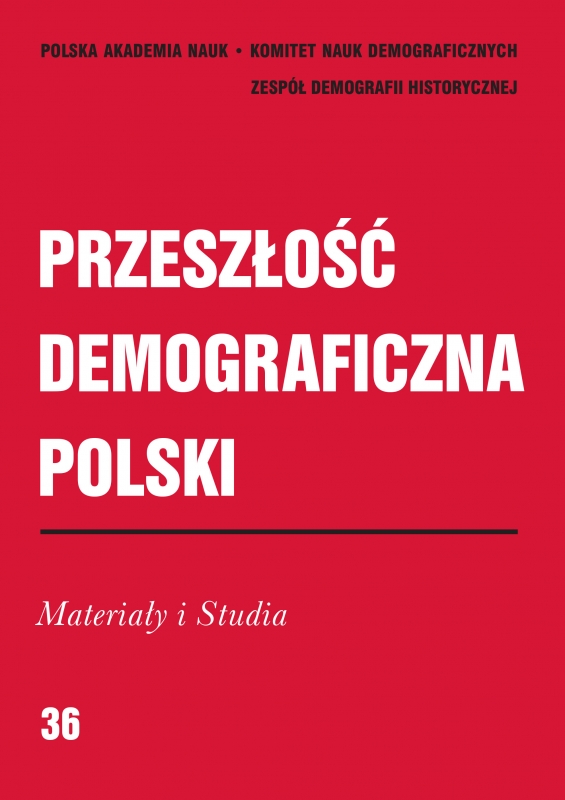Ostre choroby zakaźne na Pomorzu Zachodnim w latach 1945–1947 na przykładzie malarii i duru brzusznego
Abstrakt
Acute infectious diseases in Western Pomerania in 1945–1947 as exemplified by cases of malaria and typhoid fever
The article examines the incidence of two acute infectious diseases: malaria and typhoid fever. The diseases spread across Western Pomerania in 1945–1947.
The incidence is analysed on the basis of archive documents kept in the Central Archives of Modern Records in Warsaw and the State Archives in Szczecin. They include all kinds of reports, statistical data, as well as documents of varying scientific value.
The dynamics of the spread of the analysed diseases were typical of epidemics. The incidence peaked in 1945–1947. In the case of malaria, a vast majority of cases were recorded among settlers in the analysed region. In Western Pomerania nearly 1/3 of the settlers came from the former eastern territories of the Second Polish Republic, making up a “higher risk group”. On the other hand, typhoid fever was a big problem among the Germans in Western Pomerania, more susceptible and not resistant to the disease, because before WWII it had practically been unknown in the region.
Both malaria and typhoid fever are examples of typical post-war epidemics in a region made specific on account of huge population migrations.

